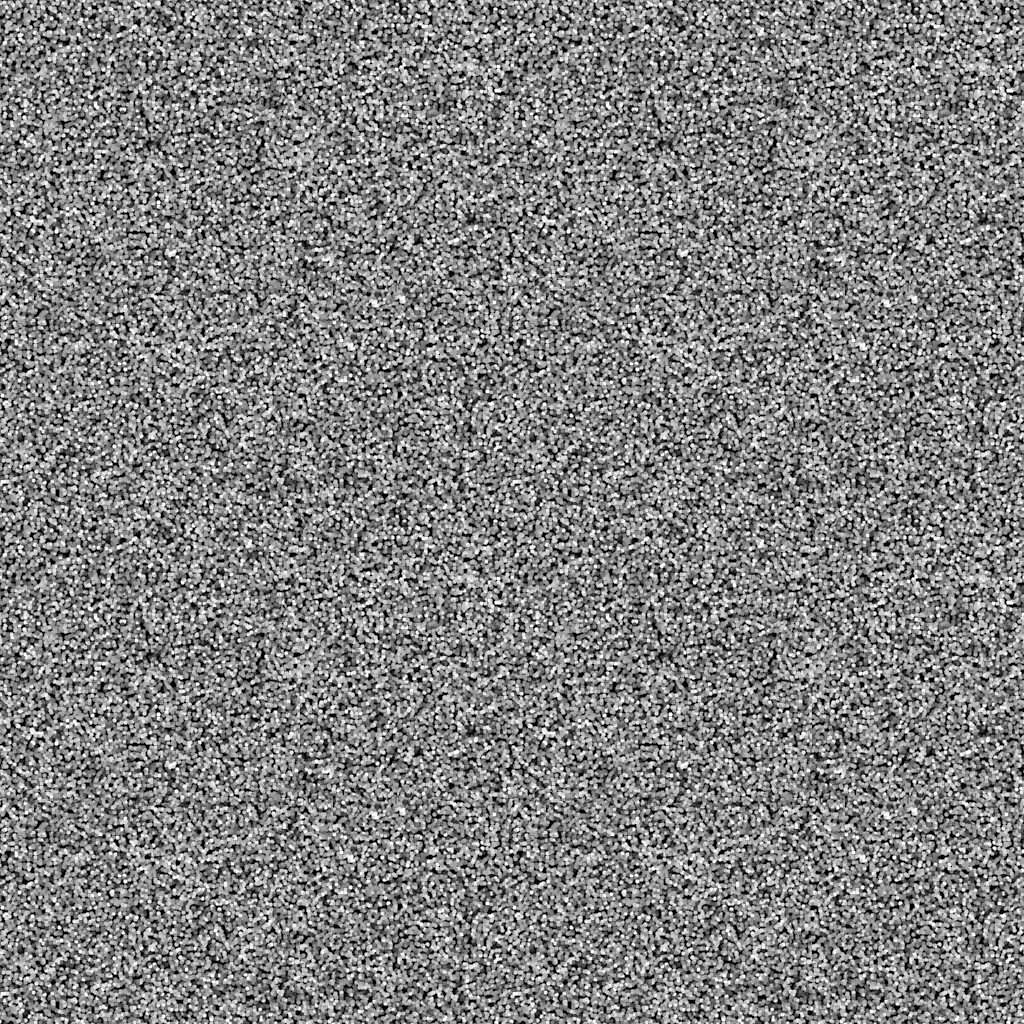V-ray questions
-
I just happened to be sticking my head in over here, so I figured I'd answer the Adaptive Amount 0.85 question. There are two main techniques that V-Ray uses to speed up a rendering; Early Termination and Importance sampling. I won't discuss the first one (that's another post), but the second one is basically the idea that values that have more potential to affect the scene should be sampled more accurately. In layman's terms, brighter areas get sampled more than darker areas do. The Adaptive Amount setting controls how much of a fall off happens between sampling the brighter areas and darker areas. We want some sort of fall off as that will make the rendering quicker, but with too much of a fall off darker areas my be undersampled leading to splotchiness and other issues.
The "goldilocks" number for this setting is 0.85. Any higher (>.85) and the sampling can be compromised. Any lower (<.85) and the rendering will likely be slower without much visual difference. Note that this is more of an issue when working with Irradiance Mapping for primary bounces. If you happen to be using DMC, they you can increase this a little higher than .85 (but still not to 1) without as much of a chance for artifacts.
-
Damien, thank you for taking the time out to explain some of the technicalities of Vray and welcome to SCF.
It's always a good thing when developers are able to consult and advise on open forum, I know you are very active at ASGvis and glad you have also 'broken the seal' here too.My next question is regarding displacement (I'm sure that this is a well covered subject on the vray site, but for those who are new or in a deciding capacity as far as render engines goes I will ask my questions here)
I have been trying to master displacement on simple objects before using it on any real projects, I have noticed that it totally kills render times which is expected and in line with most other render apps. I have found a few strange behaviors however, below is a simple SU model with a grass displacement on it, it rendered perfectly the first time but when iI decided to add the white band the render was flat without any displacement, I then made the band a group and rendered and it worked again giving me the result below. My question is... does the grouping of two material adjacent to another where one is displaced and the other not have any significance?
[flash=560,340:2rgr8gua]http://www.youtube.com/watch/v/fBDTBV8qNWg[/flash:2rgr8gua]
-
this grass worm is really alien!
-
Grouping does play an important role in VfSU knowing which faces to displace. The reason for this is that in order to keep the displaced mesh all continuous, V-Ray needs to know where those edges are and adjust the normal when approaching an edge between two displaced faces. Since the object was grouped correctly before you put the white band in there, adding it most likely muffed up the grouping in some way. One you regroup, then everything gets sorted out and it works.
The option that I was describing above is referred to as Keep Continuity. I don't recommend turning it off, but here's a small example of what it does...from Spot3d.com
http://www.spot3d.com/vray/help/150R1/examples_displacement.htm#example5
-
damien,
any word on vfsu for mac?
-
Solo. Would you mind sharing your grassy worm?
-
Sure thing, it's bit heavy as it has a large texture and a SDS form.
I included the displacement map incase Vray does not automatically map to it.

-
Thanks. I haven't tried to displace grass yet. But I liked your sample.
Was curious to how the displacement looked like. That's a PS noise generating filter, right? -
That's a map I got online with the grass when I was looking for a displacement example in order to learn.
I have been playing around using PSP making my own noise maps and concluded that the finer the noise the thinner the blades and visa verse.
I also tried squares and dots and they create some really cool effects, especially using a variety of grey shades one can get varying hieghts. -
Using the above displacement map I mapped another texture onto a low poly sphere and it turned out pretty good, I did use 'soft focus' in PSP, I believe it's called 'Bloom' in PS.


-
-
The rug and fur displacement looks the best. I've yet to see a grass displacement that works up close, But it does work for smaller patches seen further away.
DOF:
You must use Physical Camera.
The "Override Focal Dist." only takes inches as it's unit values. Nomatter what the model settings are.
Once you've set the focal distance, adjust the F-Stop until you get what you want in focus in focus, and adjust Shutter Speed or ISO to compensate for changes in lightTip: while you dial in your DOF, render small and use "Override Materials" under the General Switches flyout to cut down render times.
-
@thomthom said:
Tip: while you dial in your DOF, render small and use "Override Materials" under the General Switches flyout to cut down render times.
good tip thom.
-
just wanted to correct thomthom there, physical camera is not necessary for DOF, it works with both cameras
-
@unknownuser said:
just wanted to correct thomthom there, physical camera is not necessary for DOF, it works with both cameras
Whoops! It does?

I stand corrected. -
ThomThom, if you want, you can asnwer here my ASGVIS forum post about the bump across window panes... the blend of two noise maps didnt work

-
Did you try to set the noise to world co-ordinates?
-
-
oops, it was not you, it was Jackson who was helping me with this problem at ASGVIS forum...

-

Advertisement











